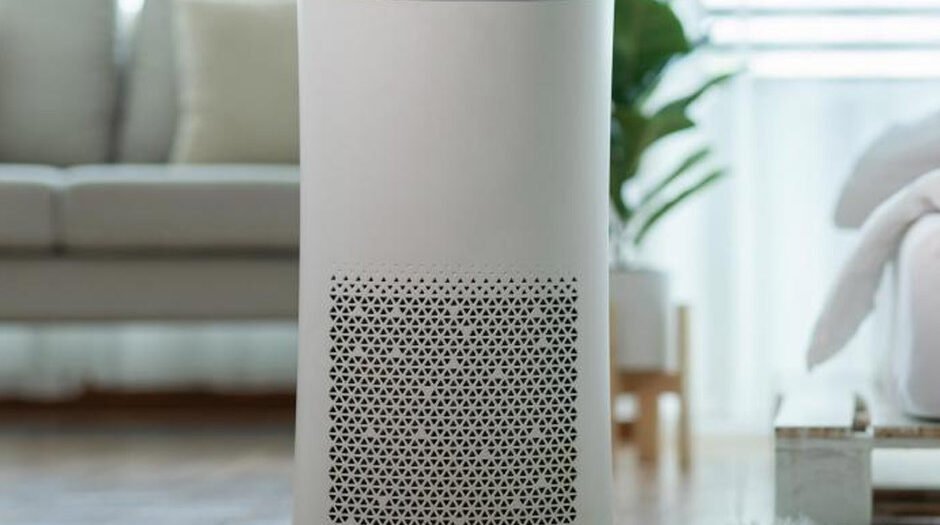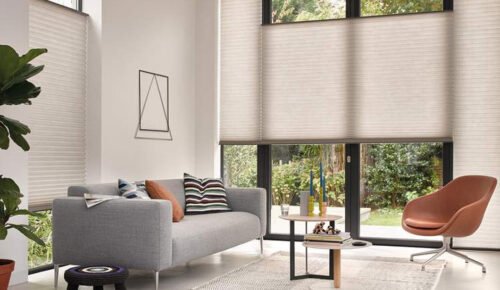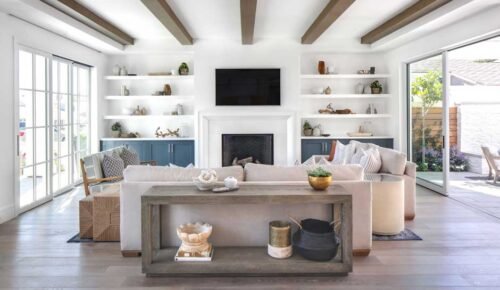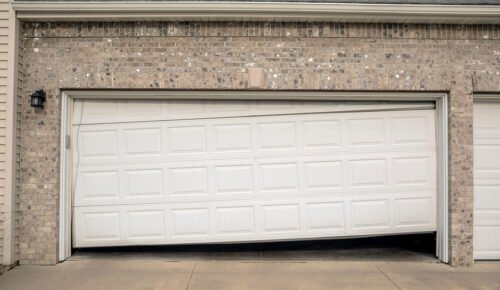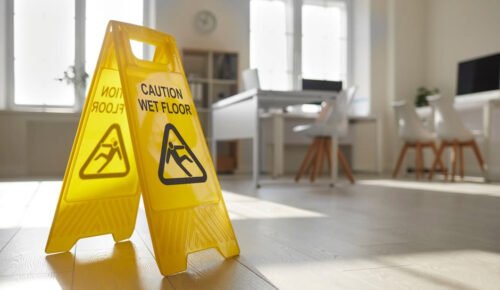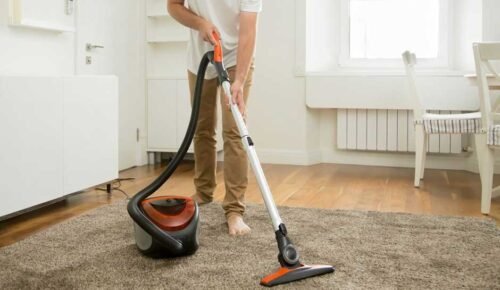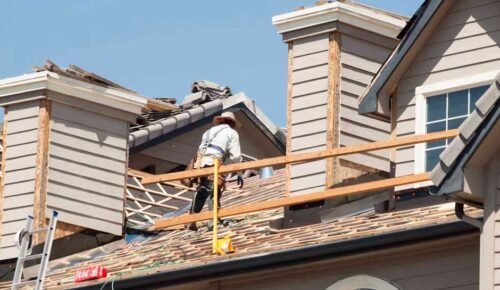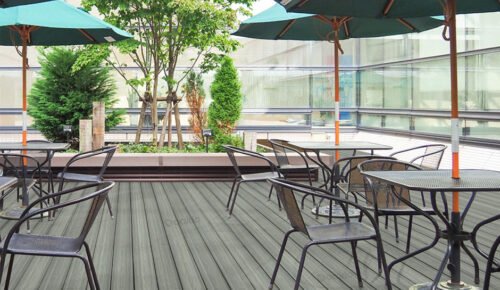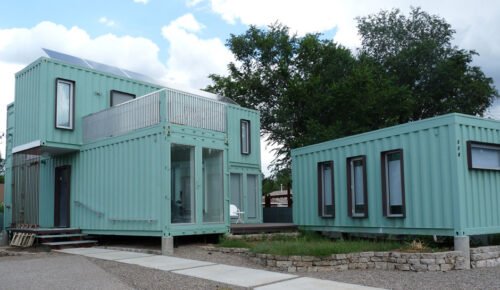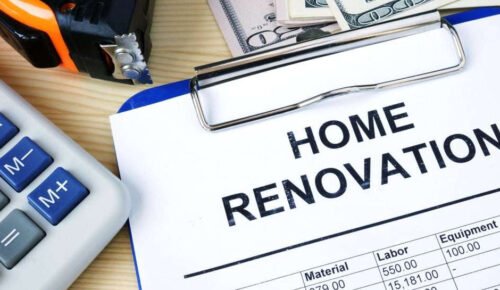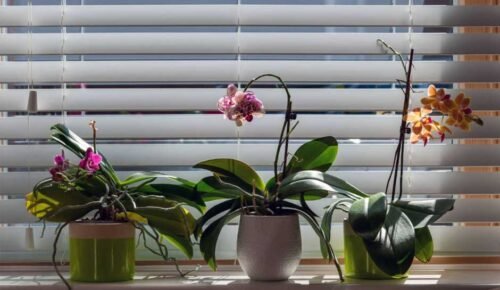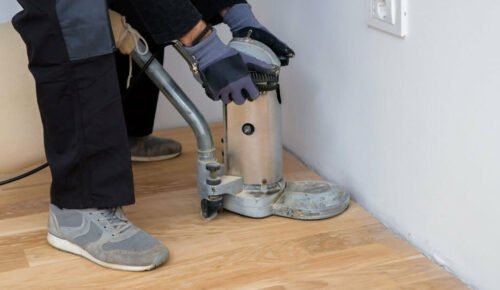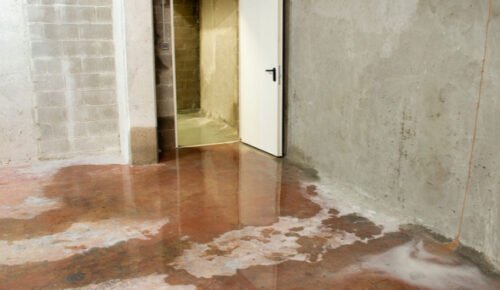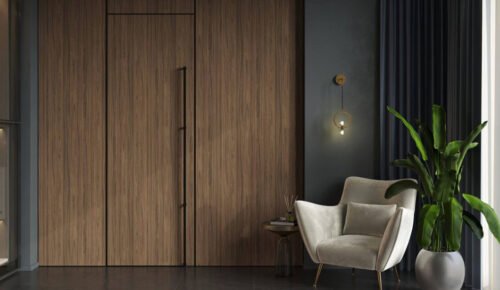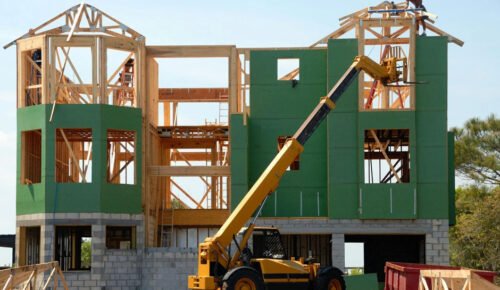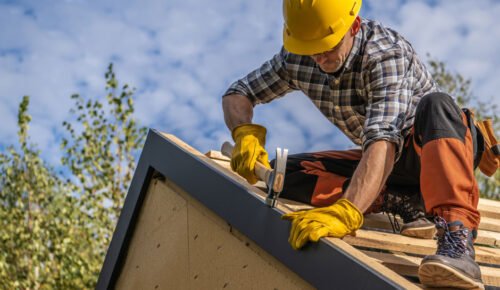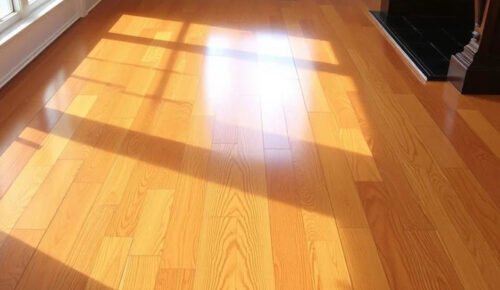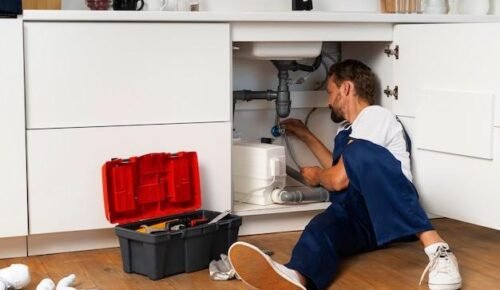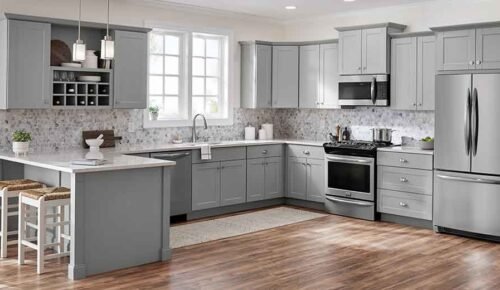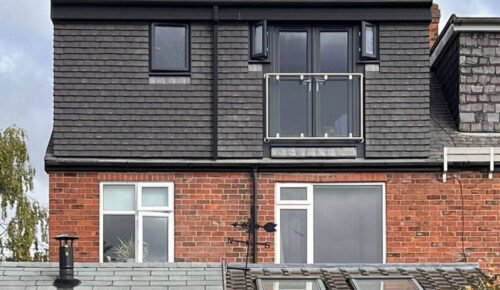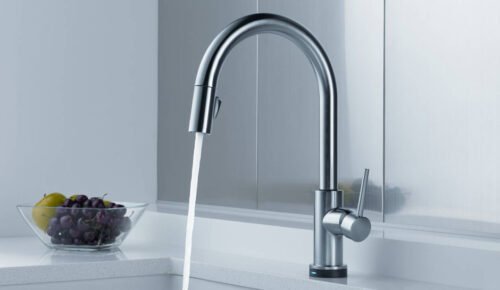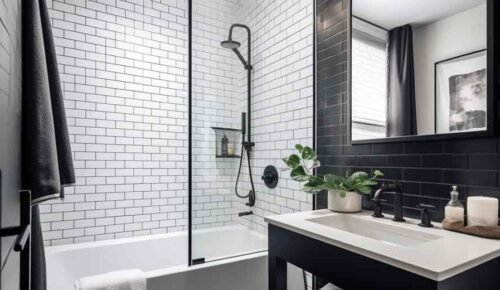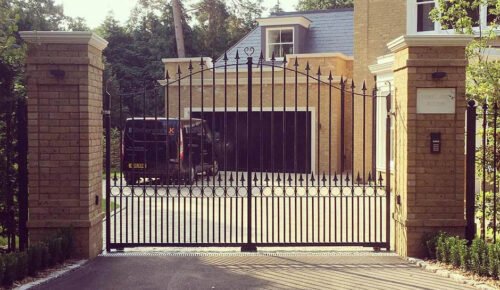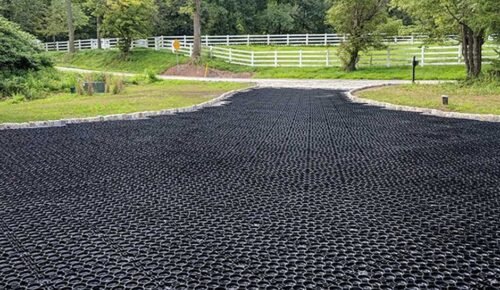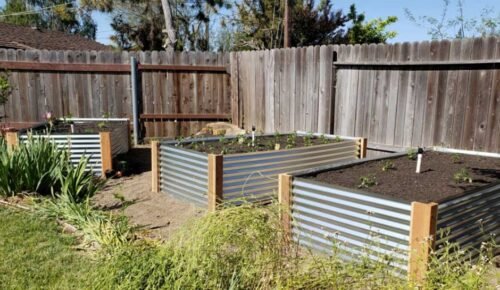Air purifiers have become increasingly popular as people become more aware of the importance of indoor air quality. Whether you’re dealing with allergies, pet dander, or pollution, an air purifier can be an effective solution to breathing cleaner air. However, a common question that arises is: How long does it take for an air purifier to start working? The answer to this question depends on various factors, including the size of the room, the type of air purifier, and the specific pollutants you’re trying to remove.
In this article, we will explore the factors that affect how quickly an air purifier works and what you can expect from your device.
Understanding How Air Purifiers Work
Before we dive into how long an air purifier takes to work, it’s important to understand how these devices function. Most air purifiers work by drawing air through a series of filters that trap contaminants such as dust, allergens, and pollutants. These filters can range from basic to advanced types, with some purifiers featuring HEPA (High-Efficiency Particulate Air) filters, activated carbon filters, or UV light technology to kill germs and bacteria.
- HEPA Filters: These are the most common type of filter used in air purifiers and are highly effective at capturing small particles such as pollen, dust mites, and pet dander. A HEPA filter can trap particles as small as 0.3 microns, ensuring that even microscopic pollutants are removed from the air.
- Activated Carbon Filters: These filters are designed to absorb odors, gases, and chemicals, making them ideal for homes with smokers, pets, or strong cooking smells.
- UV Light: Some air purifiers come with UV light technology to kill bacteria, viruses, and mold spores, providing an additional layer of protection.
The time it takes for these filters to clean the air in your room depends on several factors, including the initial air quality and the type of air purifier being used.
Factors That Influence the Time It Takes for an Air Purifier to Work
While an air purifier can start removing particles from the air as soon as it’s turned on, several factors influence how long it will take for the device to improve the overall air quality.
1. Size of the Room
The size of the room is one of the most significant factors affecting how long it takes for an air purifier to work. Air purifiers are designed to handle specific room sizes, and using one that is too small for the room will reduce its efficiency.
- Small Rooms: If you’re using an air purifier in a small room (up to 200 square feet), you may notice an improvement in air quality within 30 minutes to a couple of hours.
- Medium Rooms: For rooms between 200 and 400 square feet, the purifier may take several hours to fully clean the air.
- Large Rooms: In large rooms or open spaces (over 400 square feet), it may take up to a full day for the air purifier to make a noticeable difference.
2. Air Changes Per Hour (ACH)
Air Changes Per Hour (ACH) refers to how many times the air purifier can filter the entire volume of air in the room within an hour. A higher ACH rating means the air purifier can clean the air faster.
- 1-2 ACH: This is common for smaller or less powerful purifiers. At this rate, it might take several hours to notice any difference.
- 4-5 ACH: High-quality air purifiers, like the PuroAir Air Purifier, are typically rated for 4-5 ACH. This means they can circulate and clean the air in the room four to five times per hour, resulting in significantly faster purification times.
3. Types of Pollutants
Different pollutants take varying amounts of time to be filtered out. For example, large particles such as dust and pet hair are easier to capture and will be removed more quickly, usually within an hour or two. In contrast, smaller particles like mold spores, smoke, and viruses take longer to be captured, especially if they are deeply embedded in fabrics or furniture.
- Large Particles: Removed within 30 minutes to a few hours.
- Smaller Particles: These may take several hours to days, especially in environments with high concentrations of pollutants.
- Odors and Gases: Activated carbon filters absorb these slowly, so it may take several hours to a day to notice an improvement in air quality.
4. Fan Speed and Settings
Most air purifiers come with adjustable fan speeds, which affect how quickly air is circulated through the filters. Operating your purifier on a higher fan speed will clean the air more rapidly. However, some people may prefer a quieter, lower setting, which will slow down the purification process but make the unit less noisy.
How Long Does It Take for an Air Purifier to Improve Air Quality?
Now that we’ve explored the factors that impact the effectiveness of air purifiers, let’s address the core question: How long does it take for an air purifier to work?
- Immediate Improvement: Within the first 30 minutes to 2 hours, you may begin to notice a difference in air quality, especially if you’re targeting large particles like dust, pollen, or pet hair. Allergies may start to alleviate, and the air might feel fresher.
- Noticeable Improvement: For smaller particles like smoke, bacteria, or VOCs (volatile organic compounds), it may take anywhere from 2 to 24 hours to notice a significant improvement, depending on the concentration of these pollutants in the room.
- Full Improvement: For a large room or in situations where the air quality is severely compromised, it may take several days of continuous operation for the air purifier to make a substantial difference. Consistent use is key, and running your purifier 24/7 will help maintain cleaner air over time.
How to Maximize the Efficiency of Your Air Purifier
To ensure your air purifier works as effectively as possible, consider the following tips:
1. Keep Doors and Windows Closed
Air purifiers are designed to work in closed environments. Opening doors and windows allows new pollutants to enter, making it harder for the purifier to clean the air. To see faster results, keep the room sealed while the purifier is running.
2. Place the Air Purifier in the Right Location
The placement of your air purifier can significantly impact its efficiency. It’s best to place the purifier in a central location or near the source of pollution, such as near a smoking area, kitchen, or pet bed.
3. Regularly Clean or Replace Filters
Clogged filters reduce the efficiency of your air purifier, so it’s essential to follow the manufacturer’s instructions on cleaning or replacing filters. High-quality air purifiers like the PuroAir Air Purifier typically have indicator lights to alert you when it’s time to replace a filter.
4. Use the Right Size Purifier for Your Room
As mentioned earlier, ensure the air purifier you choose is designed for the size of the room where it will be used. Using a purifier that’s too small for a large room won’t clean the air effectively, and it will take much longer for you to notice results.
5. Run the Air Purifier Continuously
While you may want to turn off your air purifier at night or when you leave the house, doing so will slow down the purification process. For optimal results, it’s best to run the air purifier 24/7, especially in areas with high pollution or allergens.
Final Thoughts
Air purifiers can significantly improve indoor air quality, but how long it takes to notice these benefits depends on several factors, including the room size, air changes per hour, type of pollutants, and fan speed. While you may see improvements in as little as 30 minutes, full purification of the air could take several hours to a few days. To speed up the process, ensure you’re using the right size purifier for your space, maintain clean filters, and run the device continuously.
If you’re looking for a high-quality air purifier, the PuroAir Air Purifier is a great option. With a high ACH rate and advanced filtration technology, it’s capable of rapidly improving the air quality in rooms of various sizes.
By understanding the variables that affect how long an air purifier takes to work, you can manage your expectations and take steps to ensure your device is operating at its maximum potential.
